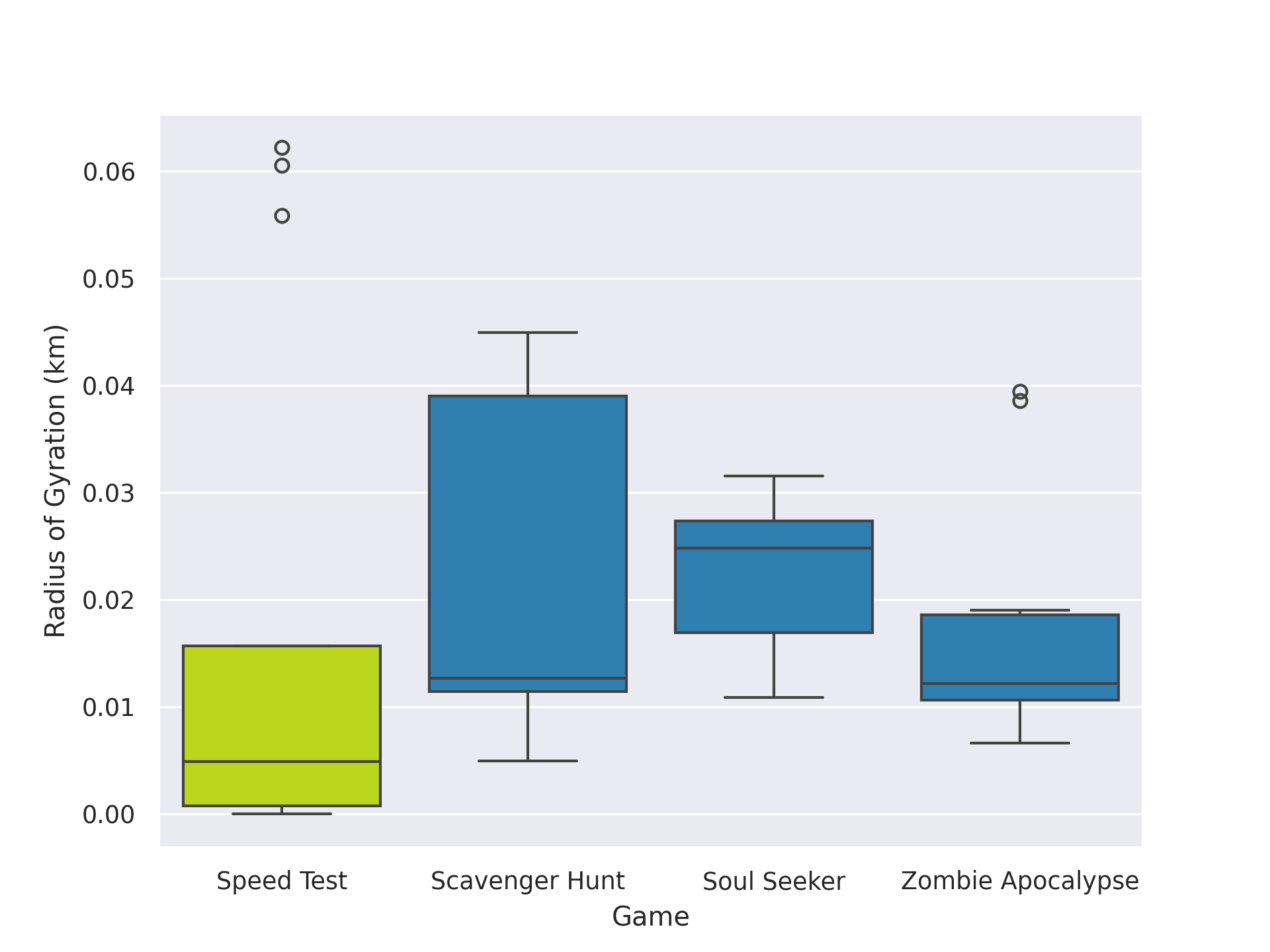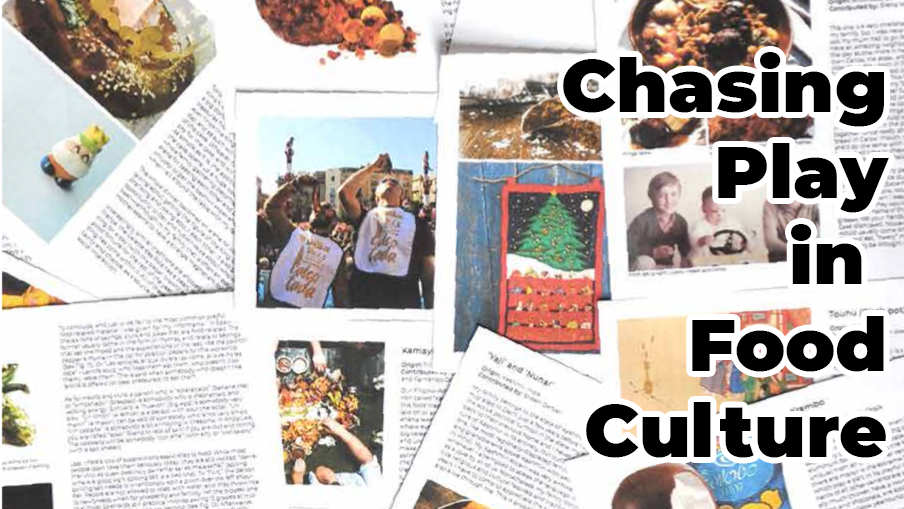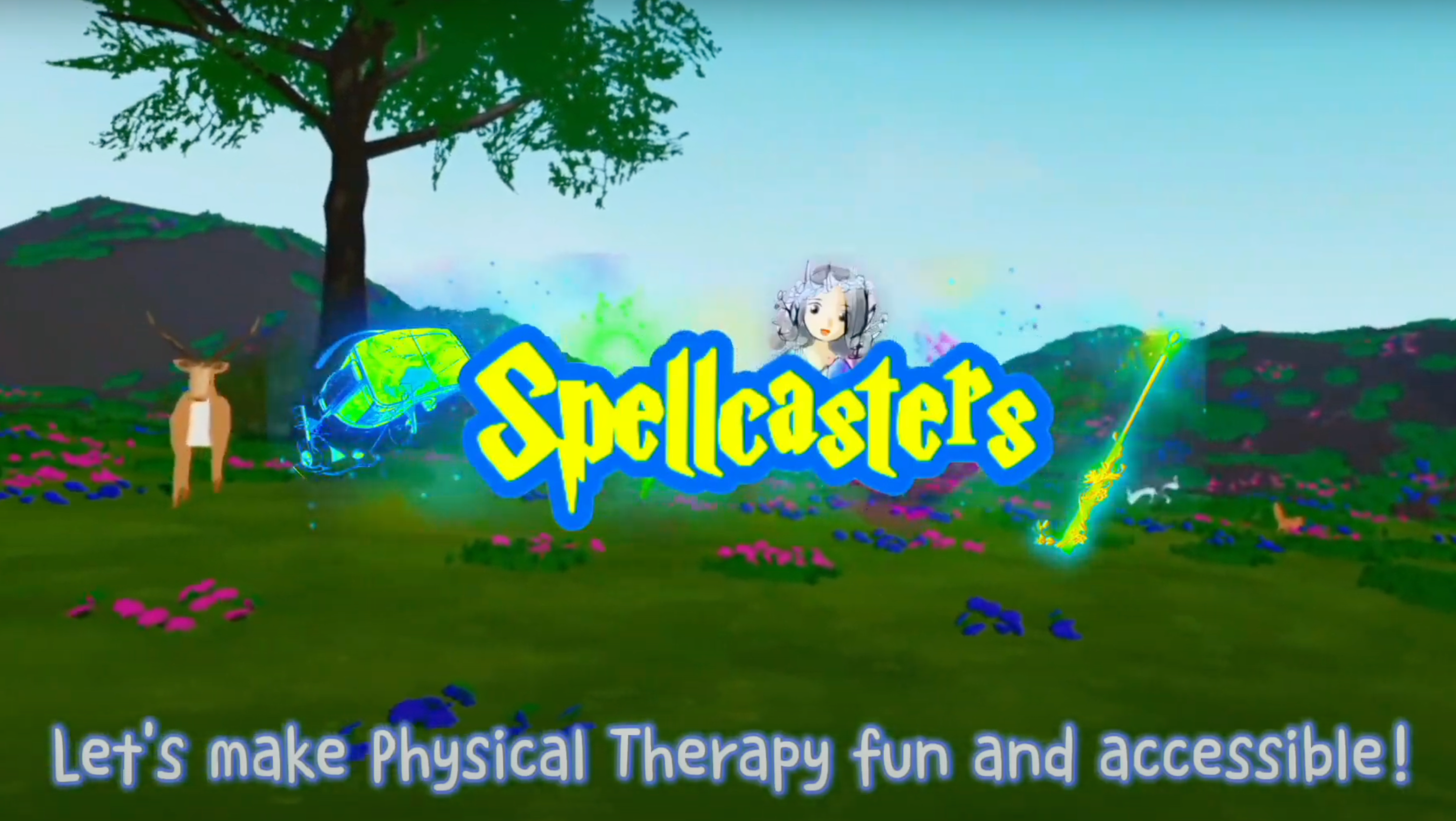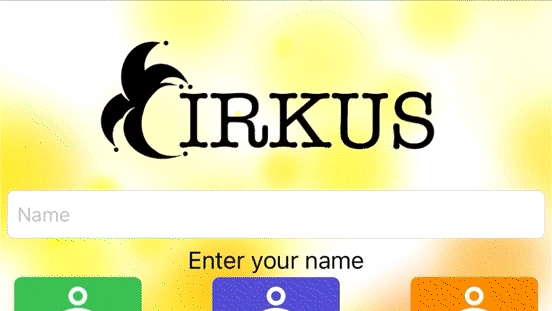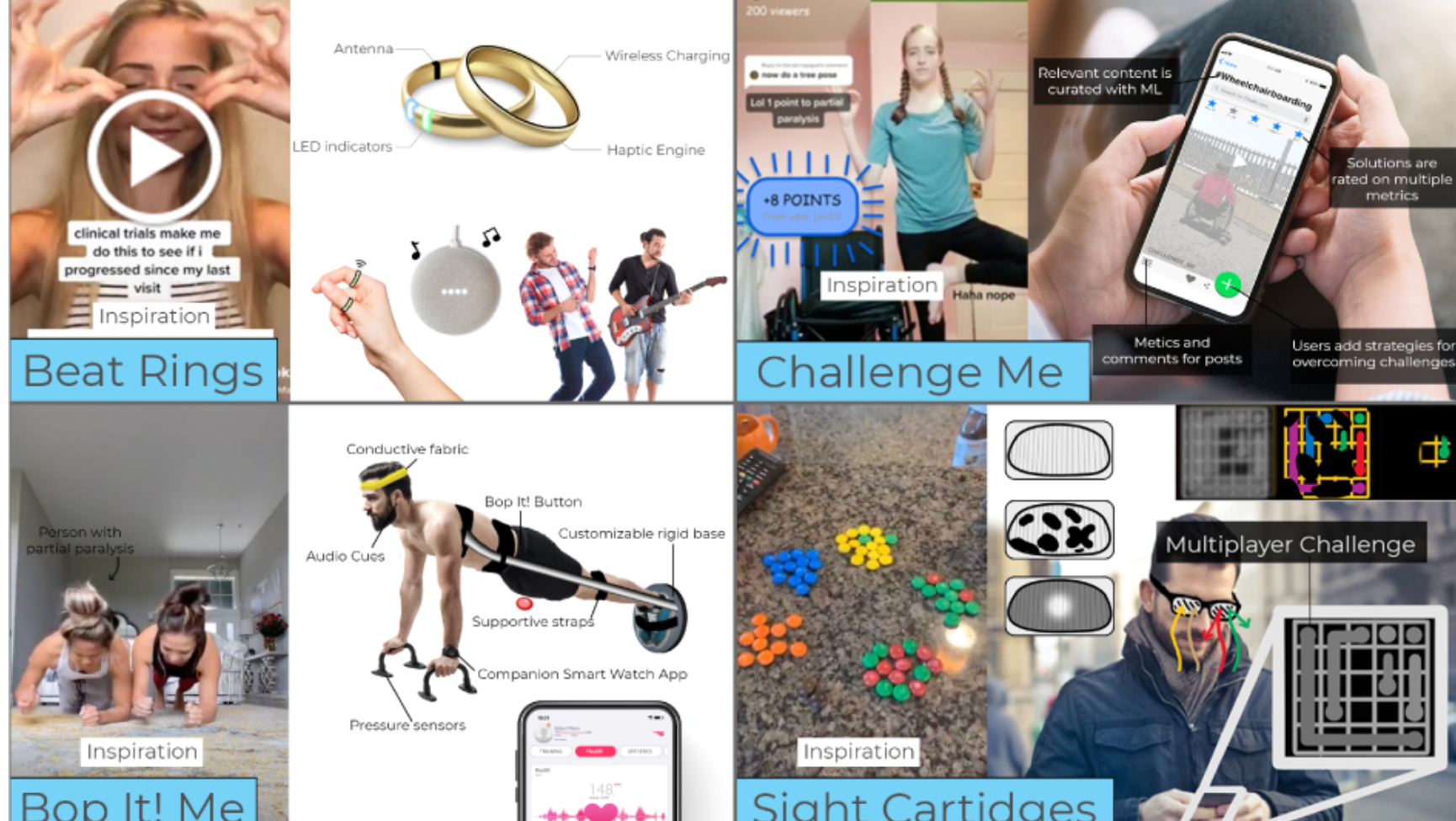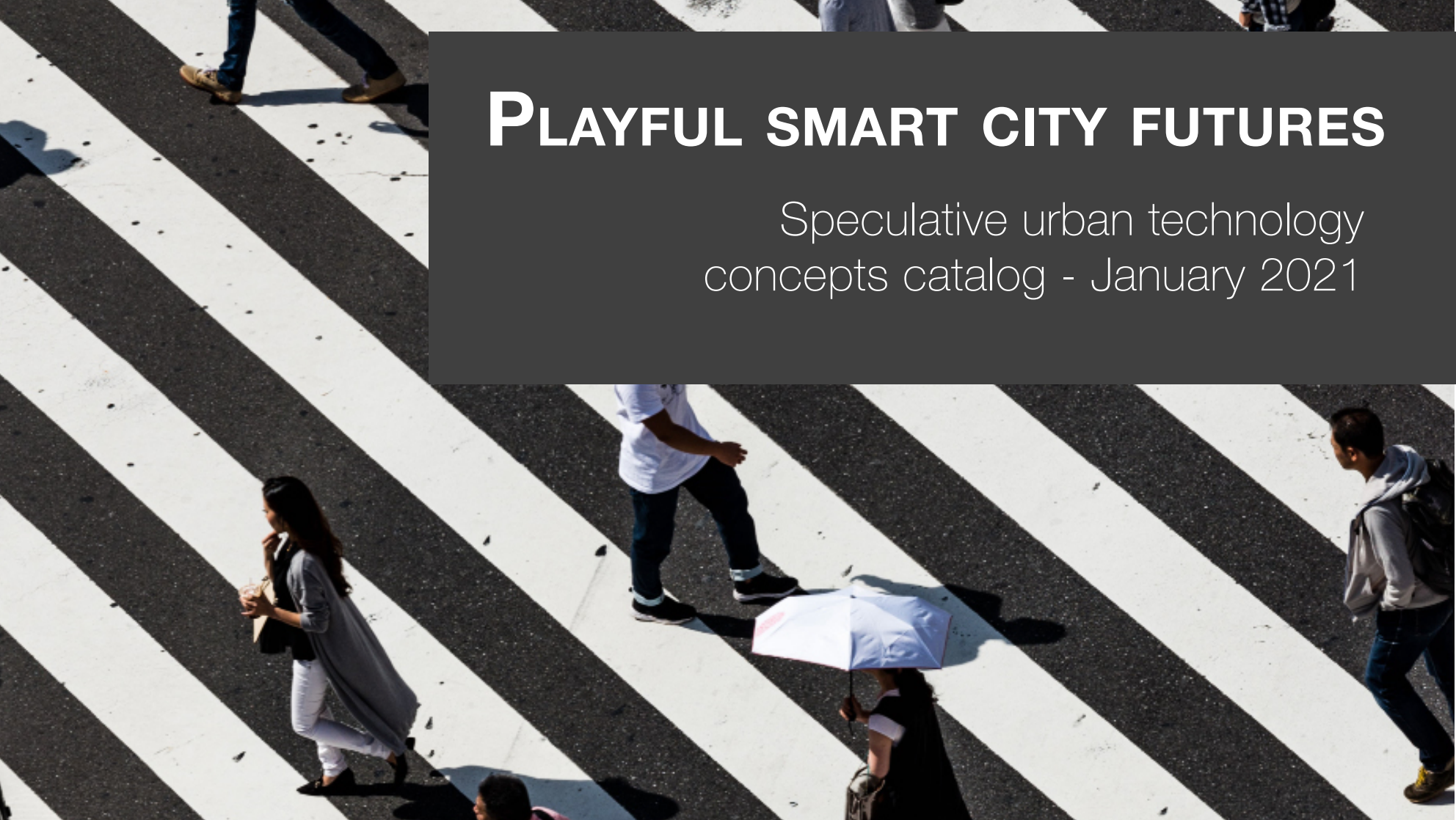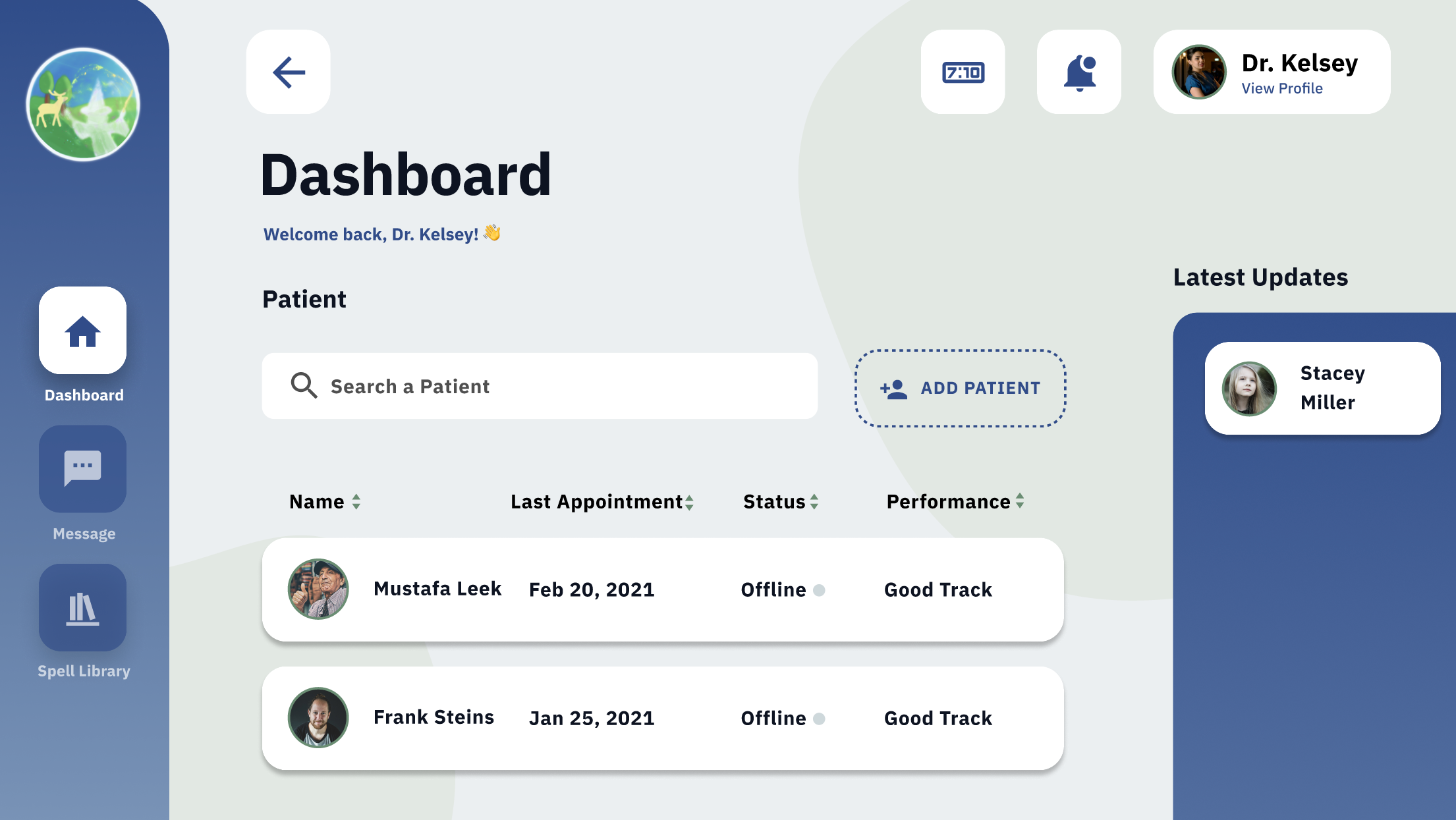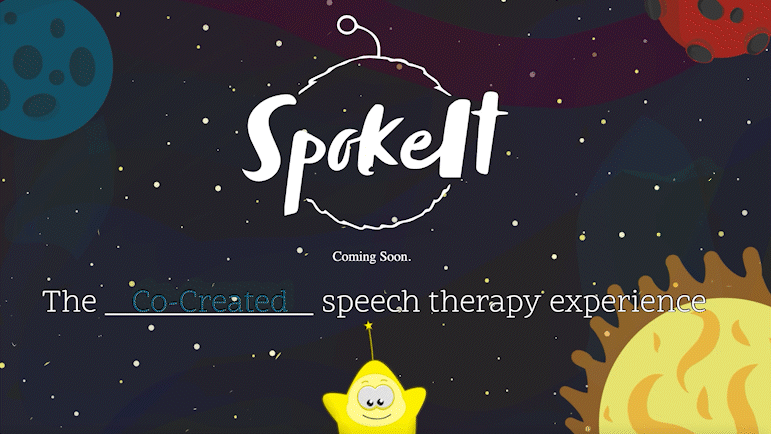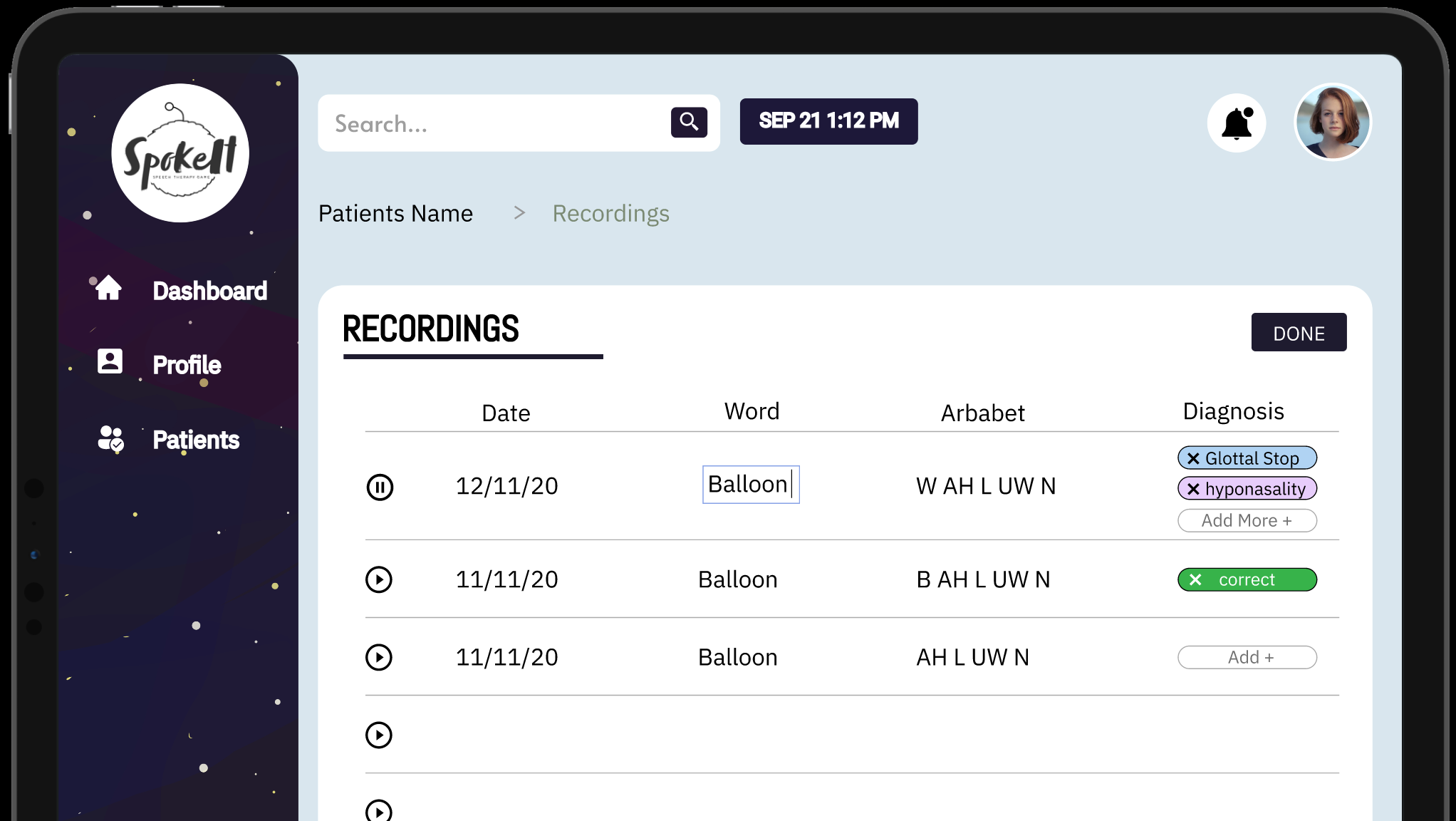NetGauge is a mobile games platform that turns crowdsourcing mobile broadband measurements into playful, place-based experiences. It integrates community-authored Twine games with an Android/Kotlin app and custom measurement hooks that capture latency, jitter, packet loss, and up/down speeds during play; data and geocoordinates flow to a Firebase backend. It supports varied game types—e.g., a competitive Scavenger Hunt and a solitary narrative quest—so communities can create and play location-based games that guide players through real spaces while gathering telemetry. The goal is twofold: to produce better, policy-relevant broadband maps and to strengthen social and environmental connections through play.

An overview of the NetGauge platform. On the left, a diagram depicting how community members play and create games for crowdsourcing broadband measurements with annotated details about future features, system architecture, and data flow. On the right, annotated screenshots of the application.
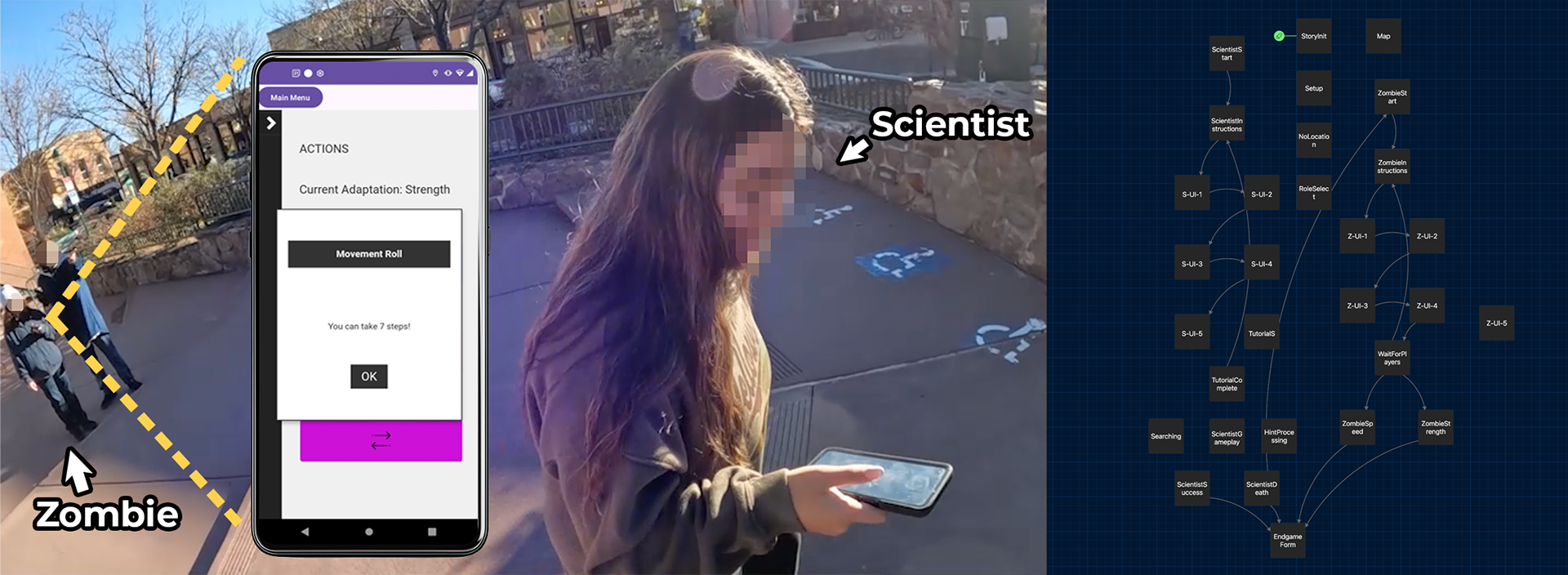
Zombie Apocalypse is a team-based, location-aware Twine game that blends mobile network measurement with competitive tag mechanics. Players choose to play as either a Scientist or a Zombie, with roles designed to be asymmetrical and emphasize different forms of interaction and mobility. Scientists move freely in search of antibody samples to create a zombie vaccine, using device vibration and orientation cues. Zombies, by contrast, use dice-rolled network measurements to determine their movement range and attack capabilities, choosing between “Speed” and “Strength” adaptations to pursue and infect Scientists. The game ends either when a Scientist successfully collects all required data samples and synthesizes a vaccine, or when Zombies manage to successfully attack a Scientist three times.
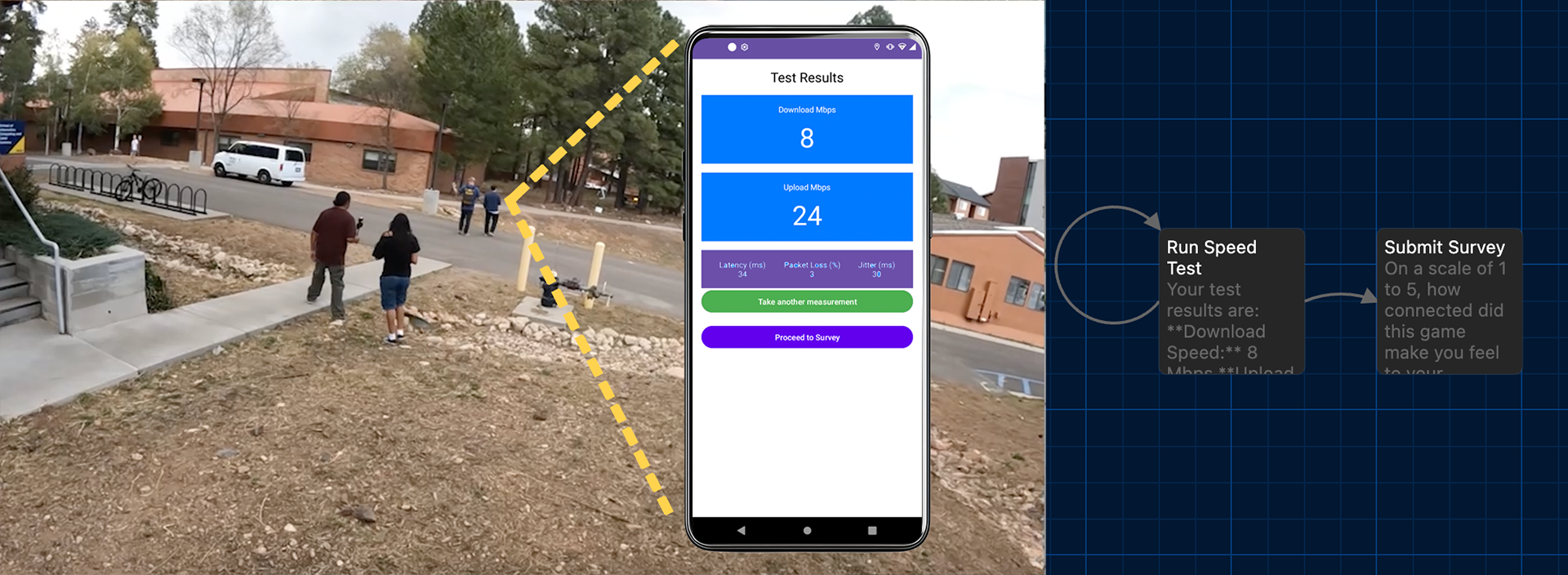
Represents a Wizard of Oz clone of the FCC Speed Test app. When a user presses a button to initiate a measurement, the resulting metrics are reported to the user in a screen report that mimics what the FCC Speed Test displays. The game ended whenever the player decided they wanted it to end.
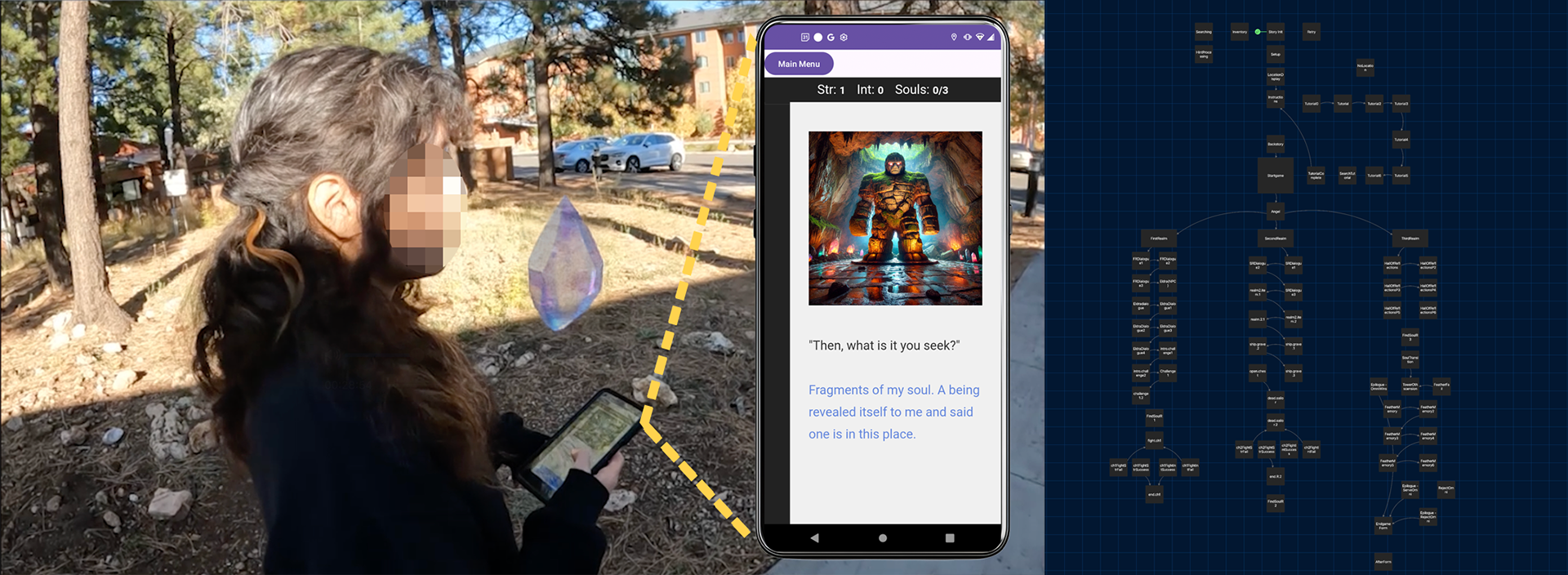
A choose your own adventure game designed to be solitary and synchronous. Soul Seeker is a narrative Twine game that places the player in the role of a lost soul navigating a surreal and fragmented world in search of their identity. As players journey through strange realms, they encounter moral dilemmas, cryptic memories, and an enigmatic entity named Omni who challenges their perception of truth and self. The game unfolds through branching choices that influence both the tone of the journey and its outcome, ultimately leading to one of three possible endings. Throughout the experience, themes of memory, agency, and transformation are explored, making the player’s decisions central to the narrative arc. Outcomes of the game are impacted by random dice rolls, players' dynamic strength and intelligence stats, and the choices they make. The soul fragments are located spread apart at each location. Network performance metrics are collected when a player is ``searching'' for their soul.

A treasure hunt game that was implemented to be competitive and asynchronous. Scavenger Hunt is a location-based Twine game designed to engage players in real-world environments. Players are presented with situated questions that require observation and interaction with their surroundings. Players input responses to these prompts, unlocking progressions through a structured sequence of location-aware challenges. The game dynamically adjusts its content based on detected player location and when a player checks whether their answer was correct, the game collects network performance measurements. The game ends when the player has successfully answered all clues and they receive a report on the total time and correct answers for an element of competition related to other players' performance at the site.
NetGauge demonstrates how broadband measurement can be reimagined as a situated, participatory, and socially meaningful activity through game-based design. We examined how games shape crowdsourced spatial sensing outcomes and how they foster community among players and environments. Our empirical results show that game-based approaches outperformed a Speed Test control in several key areas: our games produced significantly greater movement distance, number of broadband measurements, time exploring, and sense of connection to players and space. These outcomes were driven by game mechanics that embedded measurement into intentional design affordances. These findings extend Situated Play Design and civic technology literature by showing how intentional ambiguity, environmental affordances, and game structure co-produce both data and connection. Methodologically, our use of mobility analysis, RITE, and mixed methods provided actionable insight across spatial, technical, and relational dimensions of play. As debates around digital equity, infrastructure accountability, and participatory sensing evolve, NetGauge offers a model for rethinking who gets to generate data, how that process unfolds, and what kinds of civic relationships it can support. Future work will scale the platform, explore co-authored and AI-assisted game creation, and continue to treat play not as an add-on, but as an engine for civic design, community-building, and infrastructural imagination.

